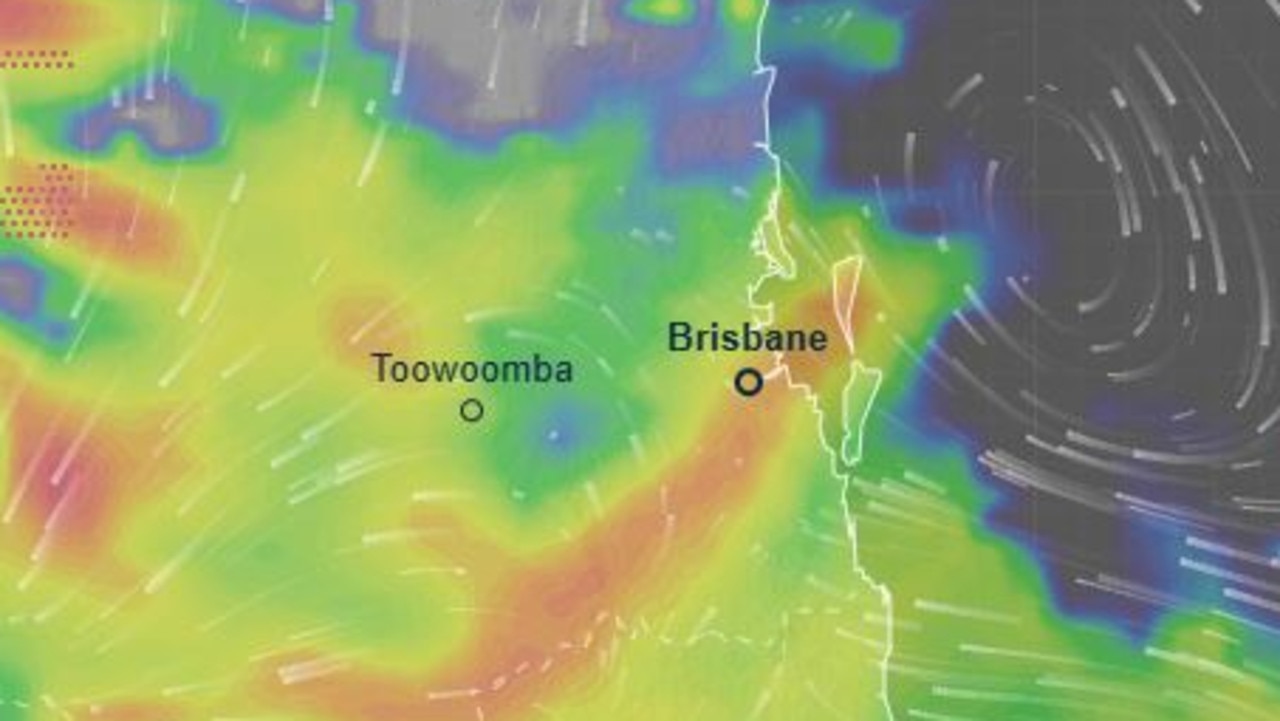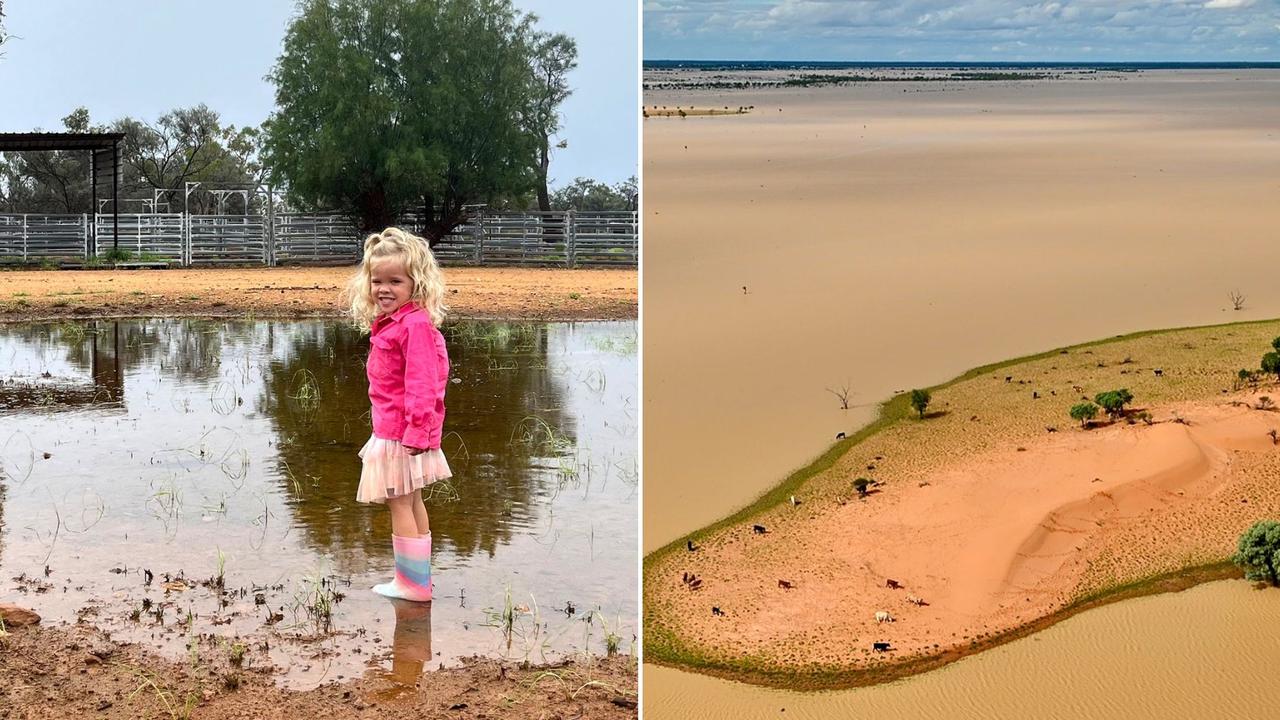Qld floods: Stock decimation to hit meat prices for consumers
Hundreds of thousands of square kilometres of the state’s west is an inland sea, with the devastation to graziers to have a ripple effect on consumers.
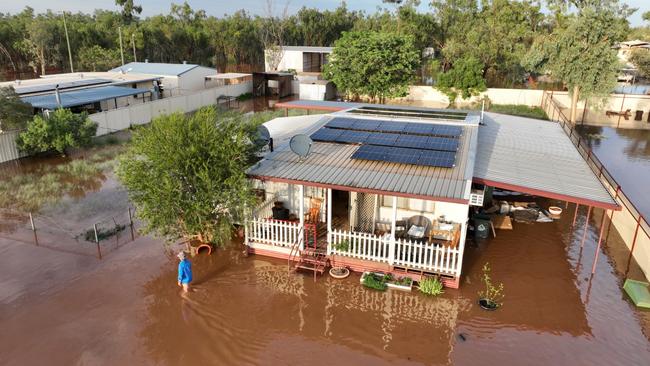
QLD weather news
Don't miss out on the headlines from QLD weather news. Followed categories will be added to My News.
Aussies are facing a meat price hike as catastrophic livestock losses and destruction hit graziers in flood-devastated western Queensland, the state’s peak farming body has warned.
Hundreds of thousands of square kilometres – about twice the size of Victoria – of the state’s west is an inland sea after its worst flooding in living memory, with up to 650mm of rain swamping some parts.
In Thargomindah in the state’s far southwest, about 70 people were evacuated from their homes on Monday as the Bulloo River continued to rise and a levee protecting the town ruptured.
More than 100,000 cattle, sheep and goats are feared to have perished in the deluge, with one shattered grazier saying it will take “years and generations” to recover.
Emergency Services Minister Dan Purdie said the area covered by floodwaters was twice the size of Victoria.
“We’re seeing water in areas out there, farmers are telling us, they haven’t seen since 1974, in some areas even higher than 1974,” he said.
“Our main focus at the moment is resupply of fuel, fodder and food. And we’ve got assets on the ground to do that.”
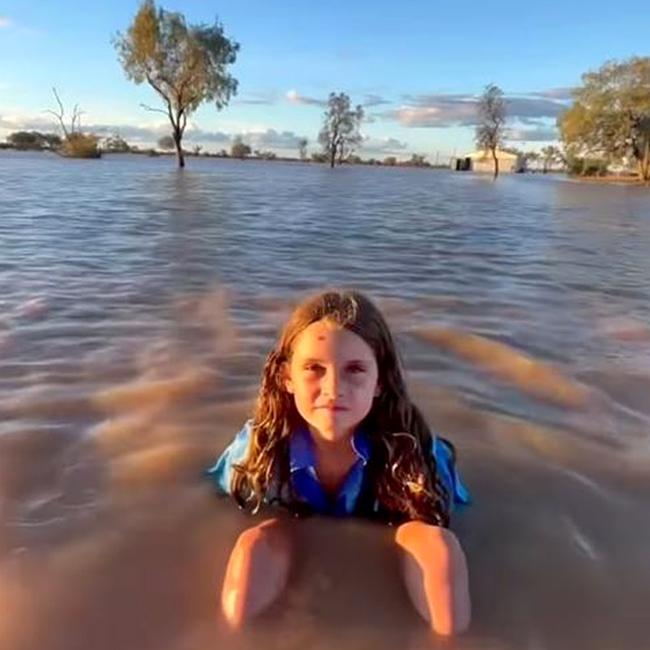
Tallybra Station in Eromanga has been owned by Henry Murray’s family for more than 150 years and has lost a year’s worth of income following the tragic death of thousands of sheep.
The farm, situated in the Quilpie Shire recorded its wettest March day in 15 years with 130mm of rain falling by 9am on Tuesday last week.
The shire has incurred millions in livestock losses, while hundreds of people have been displaced from flood-affected communities.
The fifth-generation farmer said 70 per cent of his 100,000 acre property had gone “completely under” and that he had lost a year’s worth of income in a matter of days.
“This is the worst in history. Going back for as long as I’ve been here, you know, we’ve never, never accounted for losses like this before,” he said.
Mr Murray said gernational breeding of stock has been lost to the floodwaters and will now have to start over.
“We can only sort of put estimates on it now, but we’re estimating between five to 6,000 sheep gone. It’s not even the start of yet, that is not including infrastructure losses,” he said.

“We had sheering coming up in a month’s time and we were really banking on that, that’s our income for the year. Now it’s all gone, all these years of breeding.
“Now we’re just going to have to completely start again.
“We do run up to four, 400 head of cattle. The cattle have fared a little bit better, there are still some losses.”
On Monday night the Bruce Highway north of Rockhampton was cut by floodwaters.
AgForce general president Shane McCarthy said at least 100,000 head of cattle, sheep and goats were expected to be lost in the disaster.
He had heard reports of graziers losing up to 6000 head each, with some having their entire herds wiped out.
“Any stock losses are serious because producers operate on such tight margins, but when you’re talking losses of 80 to 100 per cent, it’s catastrophic,” he said.
“I’m expecting losses of at least 100,000 head, but there could be more. We really won’t know the full extent for some time because animals will have been swept downstream and might not be found for weeks or even months.”
Mr McCarthy said meat prices would almost certainly rise as a result of the flooding.
“It’s simple supply and demand – the supply is just not going to be there so prices will go up,” he said.
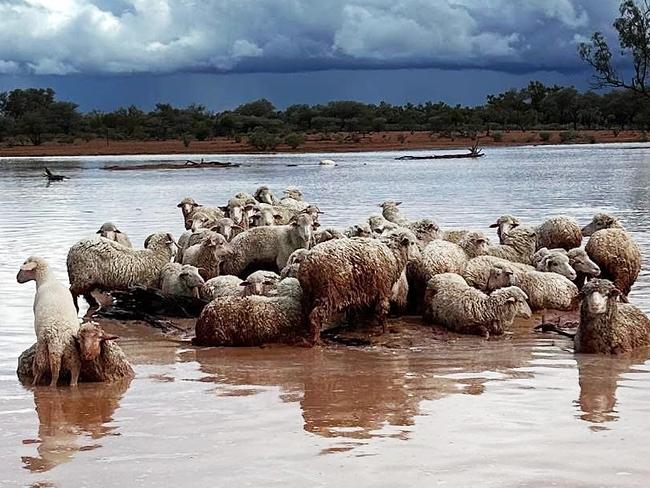
Mr McCarthy said the only saving grace was that flood-ravaged communities were rallying to help each other and minimise losses.
“When things like this happen, these communities jump in boots and all and try to help each other – there are guys turning up in helicopters out there left, right and centre,” he said.
“There are no airs and graces in the bush. People jump on a shovel, jump on a broom, jump on whatever they need to jump on.”
Heartbroken cattle farmer Emily Green said she felt grief at seeing miles of destruction and mud after floodwaters swept through her family’s property at Adavale, 112km northwest of Quilpie.
Ms Green, whose family owns the Gundry Cattle Co, posted a video to social media showing the floodwaters which inundated crops and infrastructure and left B-double trucks and a helicopter submerged.
“I am so grateful my loved ones are safe, (but) it still just bloody sucks to see the devastation left behind,” she said.
“It’s a conflicting time to feel the gratitude that my family and friends are all safe, combined with the heartbreak of losing so much of our livelihoods, homes and livestock.
“We are a pretty switched on bunch out here and while we knew the risks of living here between droughts and floods, we never thought in our lifetimes we would see a flood of this size impact our homes.”
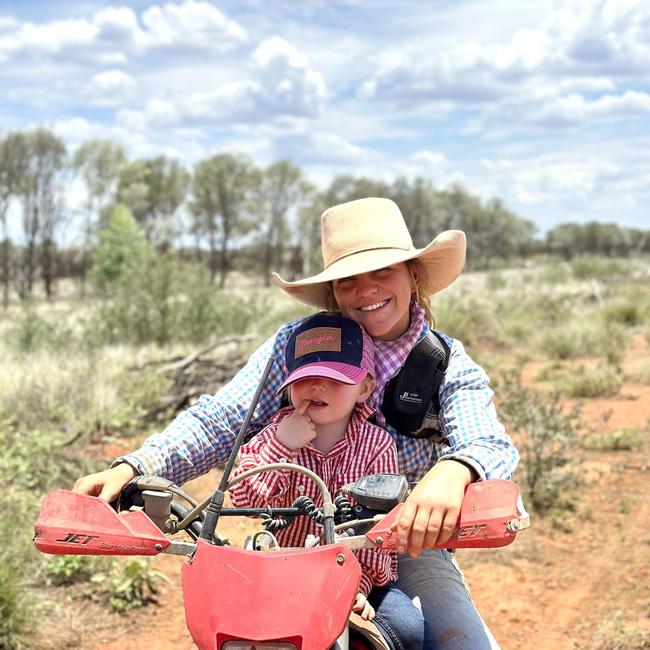
Ms Green said the loss of livestock and infrastructure would have a huge financial and emotional impact for years to come.
“It will take years and generations to get these properties back to how they were operating and the sizes and qualities of the herds pre-flood,” she said.
“Everybody is heartbroken and devastated, but in typical country fashion all are in good spirits and having a joke with one another to keep the mood as light as possible.
“The mental health impact this disaster will have on our small communities is going to be massive and ripple through generations, we need to look out for one another now more than ever.”
Despite some criticism of inadequate major flood warnings and a lack of weather radar coverage in western Queensland, Ms Green said the disaster was nobody’s fault.
“I believe the warnings were as efficient and accurate as they could have been considering the circumstances,’ she said.
“Nature has no controller. The forecasts predicted a huge rain event, they were accurate.”
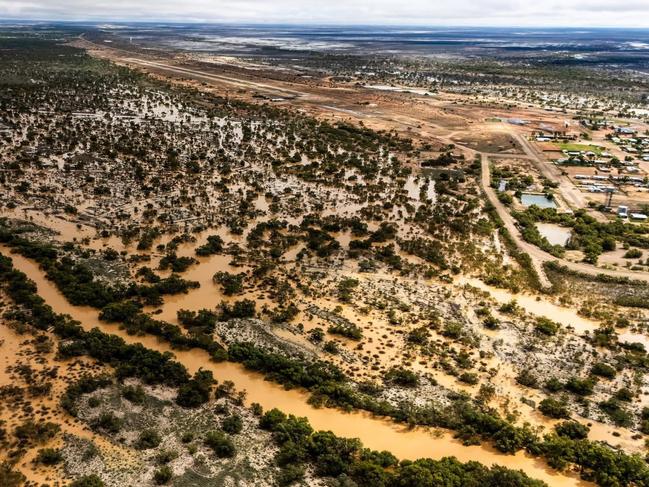
She said flood-stricken western Queensland now just needed help.
“We need the country as well as politicians and organisations to get behind us and help us rebuild and get back on our feet,” she said.
“I have had hundreds of people comment on my post saying that graziers are the backbone of our country and that Australia wouldn’t survive without us, so now is your time to prove it. Back us in and get us going again so we can get back to doing what we are best at.”
Bureau of Meteorology forecaster Jonathan How said the western corner of the state could record another 50mm on Tuesday and Wednesday.
Originally published as Qld floods: Stock decimation to hit meat prices for consumers



